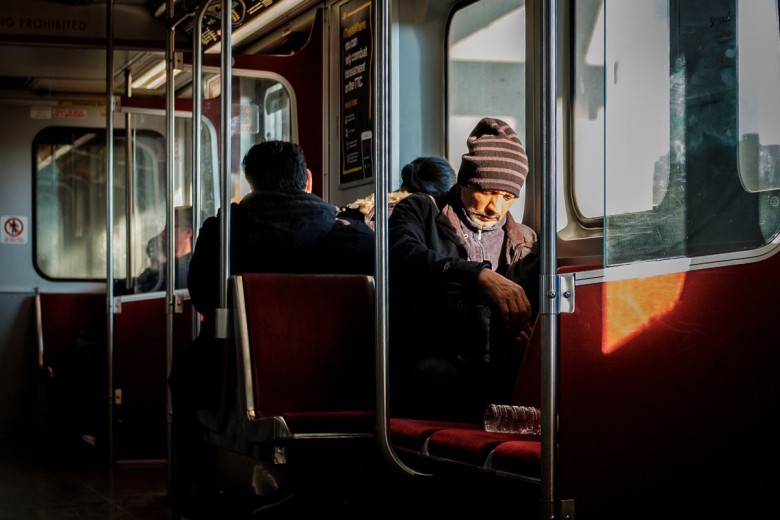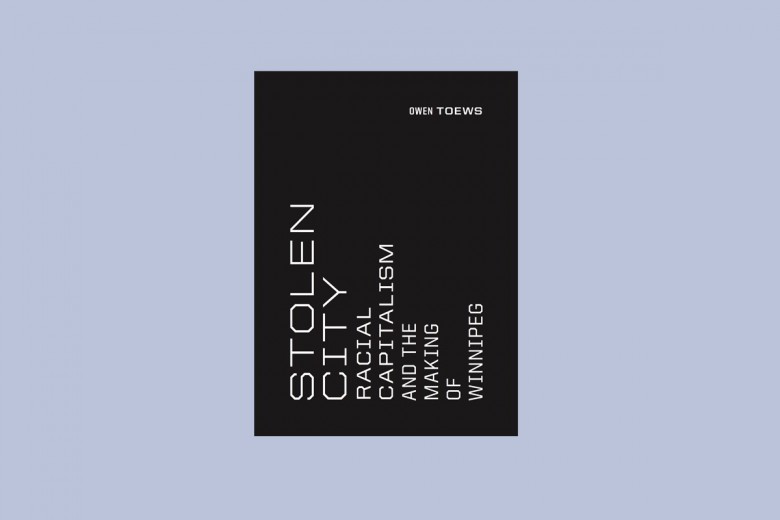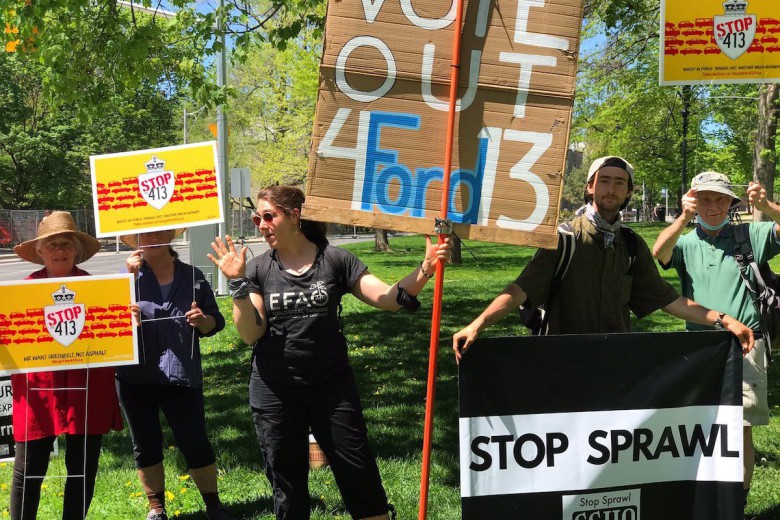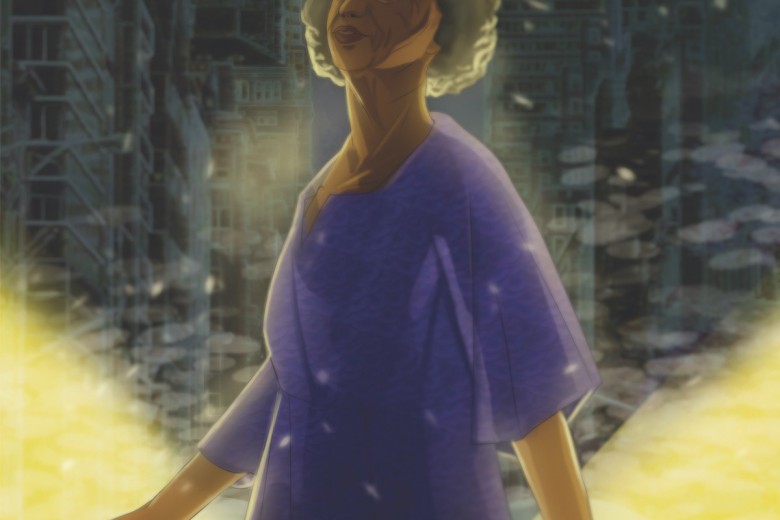Something is happening to cities across North America. And something is happening to our places of protest and dissent. These changes are, I think, related. In the United States and Canada, what we think of as public space is disappearing as traditional urban areas are transformed, sometimes beyond recognition. What is happening?
Around our cities, and sometimes even within them, suburban-style developments stretch out from urban cores, creating vast, regional environments that both encompass and displace the centrality of cities in the landscape. Within these so-called postmetropolitan areas, new kinds of built environments – gated communities, edge cities, exurbs, and other forms of decentred development – proliferate. And they are taking hold because, more and more, these are the places where we live.
There are many books critical of our new suburban sprawl for many reasons. Some of these reasons are aesthetic, some historical, and others take suburbs to task for social or environmental reasons. While I share many of these objections to suburbia, my concern here is to articulate what our new built environments might mean for radical politics. Because as much as urban dwellers might wish to do so, these new postmetropolitan suburbs, and the millions of people living in them, cannot and should not be ignored. This is true, first of all, because radical politics must obviously be democratic. As the new decentred regions grow larger, activists will have to develop both an understanding of, and a constituency within, the world of postmetropolitan suburbia. Tactics of organization and struggle that may have worked in the public space of the traditional city may not be applicable in an environment where the very existence of this space is put into question by privatization, enclosure, and technologies of information and surveillance.
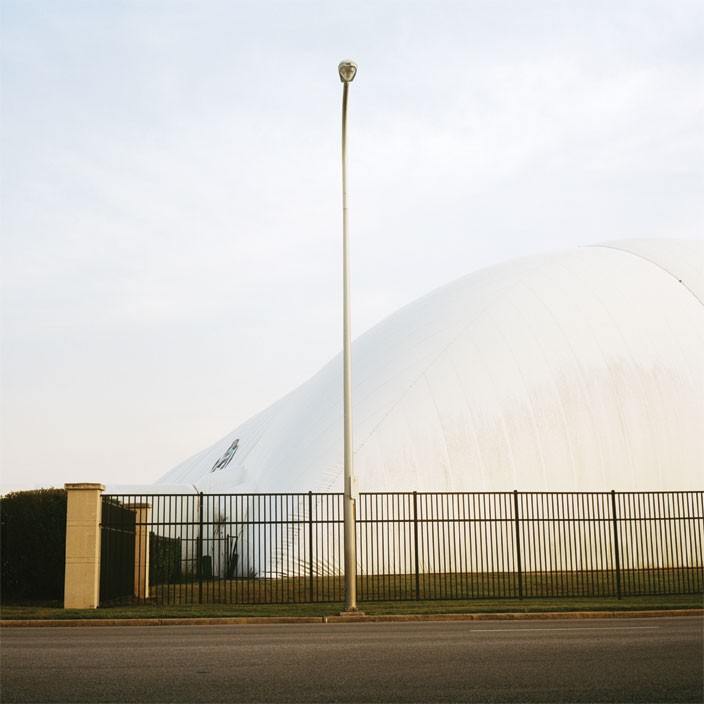
Secondly, we are only beginning to understand how poorly the popular image of suburbia given to us by film and television aligns with the reality of our contemporary suburban-like regions in postmetropolitan space. While classical postwar suburbs may have tended toward a social homogeneity and spatial order that suited the demands of capital at the time, the fragmented and decentred spaces of the postmetropolitan region of today are marked by an increasing diversity of cultures, identities, classes, and issues. As a result, the politics of these new suburban-type landscapes are more complex, and possess more potential for radical politics, than many urban activists might imagine.
Finally, it is important to see that the strategies of enclosure and appropriation being pioneered on the new suburban frontier, directed against what we think of as the public sphere and public space, do not remain outside of the city, safely away from us. As the composition and geographies of our metropolitan regions are transformed in what has been called the Post-Fordist era, many aspects of the suburban environment that we imagined as always beyond the urban horizon are now reproduced deep within traditional urban cores. Geographies of consumption, surveillance, and separation are no longer simply an aesthetic problem for the urban and suburban middle classes; rather, they pose a direct cultural and political challenge to all of us. My contention is that there is no longer much of an “outside” to the dispersed postmetropolis of today. The new decentred space of the postmetropolis is everywhere, reconfiguring both centre and periphery within a new spatial and temporal order. And if this is the case, we will have to deepen our understanding of both the city and its different gradations of space, with the goal of developing a better political practice.
————
With the development of mass industrialization in the 19th century, urbanization emerged as a specific problem. As cities began to concentrate more and more capitalist development, they also accumulated capitalism’s social contradictions. Mass unemployment, disease, homelessness, and social violence seemed coextensive with the urban, and as a result, public authorities began the work of understanding and controlling urban development in the belief that urban social problems could be ameliorated through urban design, or through the control of bodies in urban space. Although many of these emergent technologies of control were directed toward disease, unrest, and poverty, such measures were also aimed at the subjugation of new mass workforces now located in urban space. In the 20th century, the social and political importance of urban centres was illustrated by the extent to which cities and their very populations became critical targets – and locations – of military activity during both world wars. And in the postwar period, urban unrest became a major threat to government and power in the world’s advanced capitalist countries.
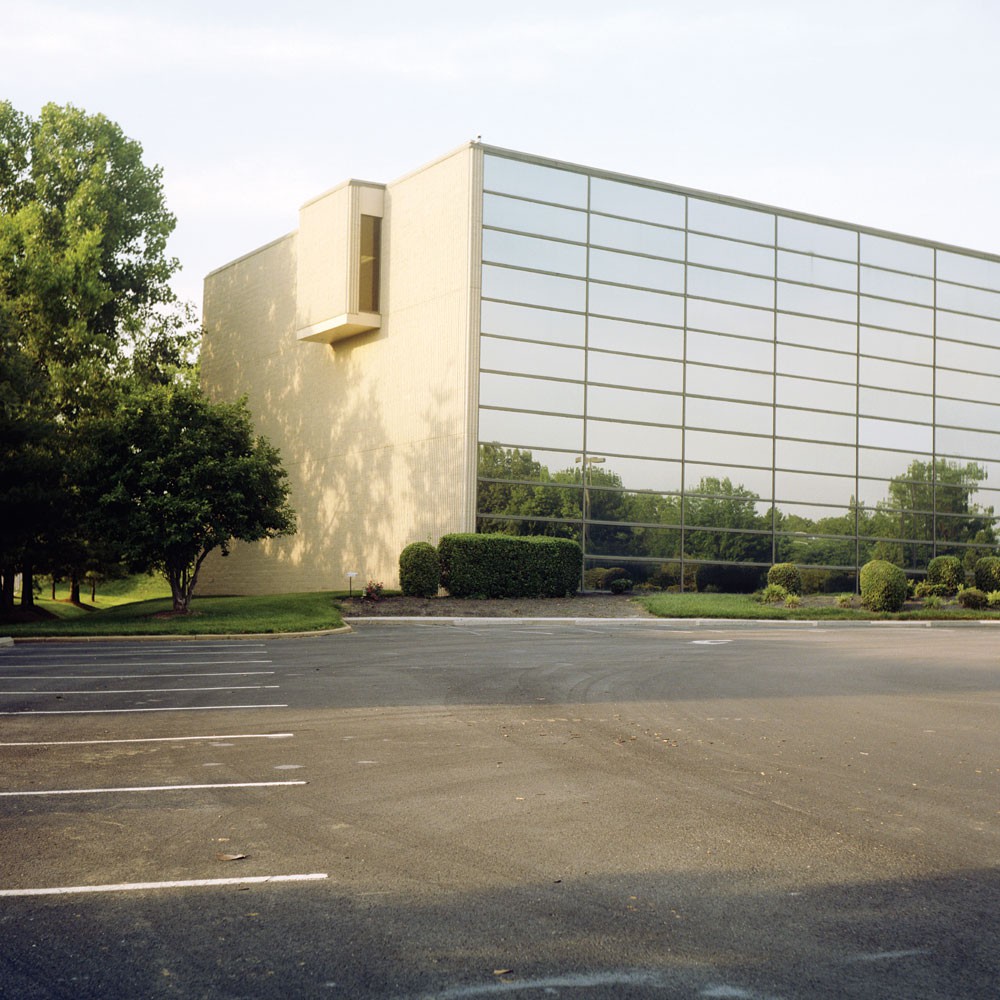
Whether as a result of a mere concentration of population or because of a growth of technological and social processes that have their root in urbanization, cities are profoundly political spaces. Urban space is a historically dynamic and contested terrain, socially constituted and susceptible to infinite transformations and definitions. How urban space is built, used, perceived, and dreamed about must be explained by examining specific cultural, economic, and historical conditions. Such a political conception of urban space requires an analytic approach that places politics and the question of political transformation at its very centre.
————
The suburbs are not now what they once were. As late as the Victorian period, a suburb was thought of as an exclusive precinct for the very wealthy, rather than for the middle class, or those aspiring to be so. As large industrial concerns began to concentrate working class populations near commercial areas in traditional cities, it became desirable for the well-off to maintain a home away from factories and their workers, but close enough to the city that business might be carried out without too much difficulty. This rather exclusive vision of suburbia continued to be the model for metropolitan development up until the Great Depression and World War II. From this point onward, urban form changed dramatically. The great scholar of the classical American suburb, Stanley Fishman, describes this transformation as a shift from the age of great cities to the age of great suburbs. In the United States between 1950 and 1970, traditional city centres grew by 10 million, while over the same period, suburbs grew by 85 million. Throughout these key decades, three quarters of all new manufacturing and retail jobs were located in suburbs, rather than in cities.
By the early 1970s, more people in the United States lived in suburbs than in city centres or rural areas combined. As a landscape, and as a metropolitan feature, suburbs were defined by geographers and planners as highly populated, non-agricultural residential areas located outside of a central city. There were at least three other important elements associated with the postwar suburbs. First, although more populated than rural zones, suburbs were less densely inhabited than central city neighbourhoods. Secondly, suburbs tended to spatial, political, and economic fragmentation. As suburban regions exploded beyond the definitional confines of the traditional city, an ever increasing number of suburban residents now lived without any real municipal region serving as a focus for work, commercial, or administrative activities. Finally, the amount of public space within these built environments began to shrink. Sidewalks, parks, and commercial pedestrian streets disappeared or were consolidated in relatively disconnected developments. Public transport was minimized or eliminated in favour of the private automobile. Plazas, squares, and other features associated with public space were subject to dislocation, underdevelopment, or a process of hybridization, as the private sphere moved outward to enclose a larger share of the world.
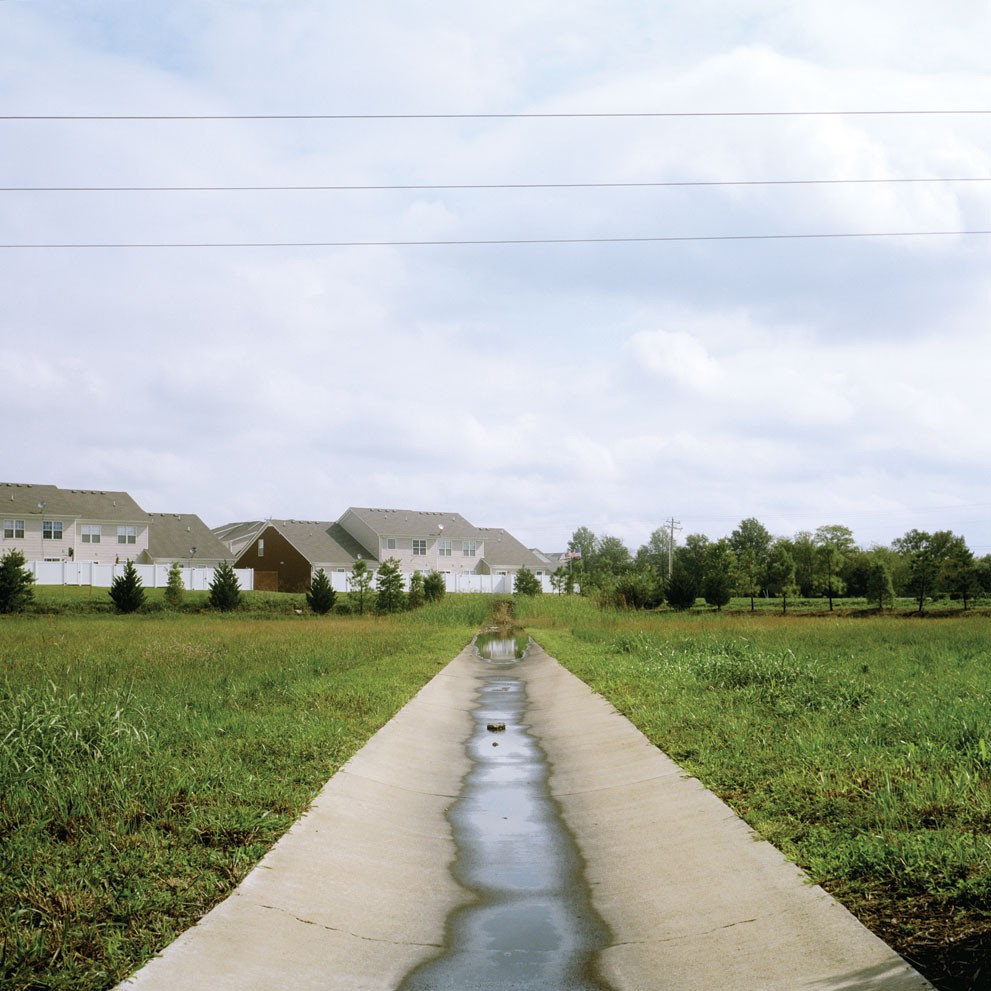
Postwar suburbia provides a good example of the relationship between social forces and the built environment. It is nearly impossible to imagine the postwar suburbs without the development and dominance of the private automobile. Despite this, it would be a mistake to hold the car solely responsible for the geographical form of suburbia, because as David Harvey reminds us, the suburbanization of this period is better understood as a response to the patterns of consumption and accumulation that emerged after World War II. Faced with an oversupply of both labour and productive capacity, American industrial strategy required the development of unprecedented levels of consumer demand, and for this, the mass adoption of the private automobile was critical. However, the relatively compact inner city neighbourhood space of the American industrial city, often already serviced by public transit, presented a barrier to the manifold increase in the use of the car. The spatial fix for capital was the creation of the suburban environment, and the effects of this strategy of accumulation were reflected in every aspect of the new space. Lower relative density meant larger lot sizes, as built structures took up ever more space. Vertical density in these zones was replaced early on by a spreading horizontality, and centrality began to disappear as roads, highways, and automotive infrastructure were built to facilitate dispersal and consumption over ever larger regions.
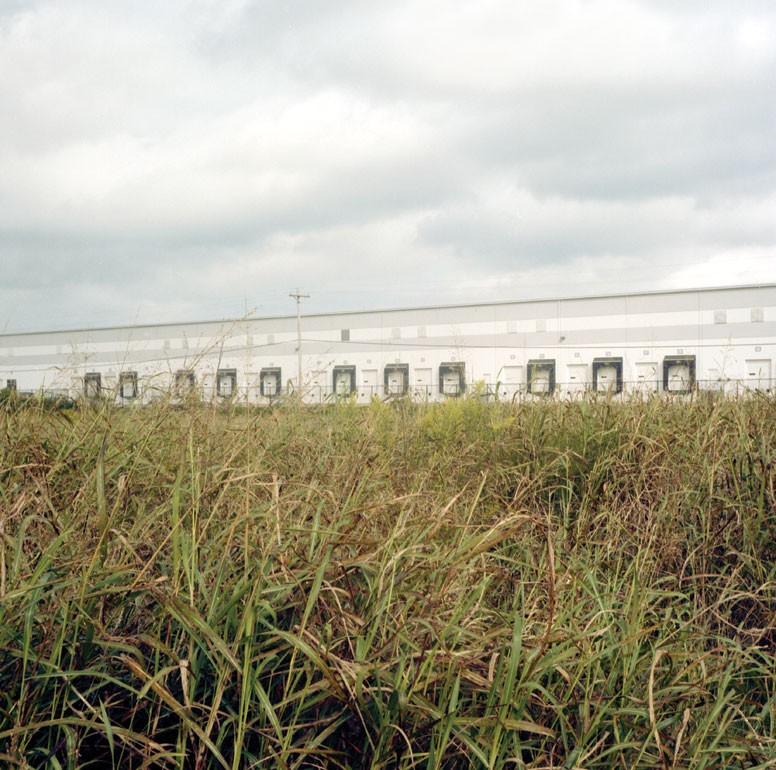
This picture of the suburbs began to shift dramatically by the 1980s. Particularly in the United States, patterns of immigration and downward mobility coalesced with rising unemployment and an overall decline in social investment. The result was that suburbs were unable to maintain the types of social homogeneity that had characterized their growth since 1945. Instead, as Los Angeles urbanist and critic Mike Davis tells us, beginning in the 1980s the mythical peace and prosperity of suburbs was replaced – especially in the United States – by levels of social inequality generally associated with inner city neighbourhoods in the period of their decline just decades earlier. The difference is that in much of the new suburbia, inequality is more fragmented and invisible, because it takes place within a landscape designed to enhance patterns of private accumulation. The geography of this social dislocation is characterized by a marked absence of both public space and infrastructure. Davis reminds us that historically, public space served an important function in the industrial city by helping to both channel and soften class struggle; clearly, its steady erasure within the contemporary built environment has consequences for the expression of social dissent. At the same time, the shift away from large-scale projects of collective consumption signals a broader diminution of the welfare state in the contemporary period. Within this terrain of diminishing publicity, the built environment has adapted to the destabilization of the postwar suburban consensus with developments such as gated communities and architecturally embedded techniques of surveillance that reflect a growing sense of suburban insecurity. At its very worst, this decentred suburban inequality is reversing our understanding of the symbolic order of the built environment.
Excerpt from Time and the Suburbs: The Politics of Built Environments and the Future of Dissent, published by ARP Books in 2011.



